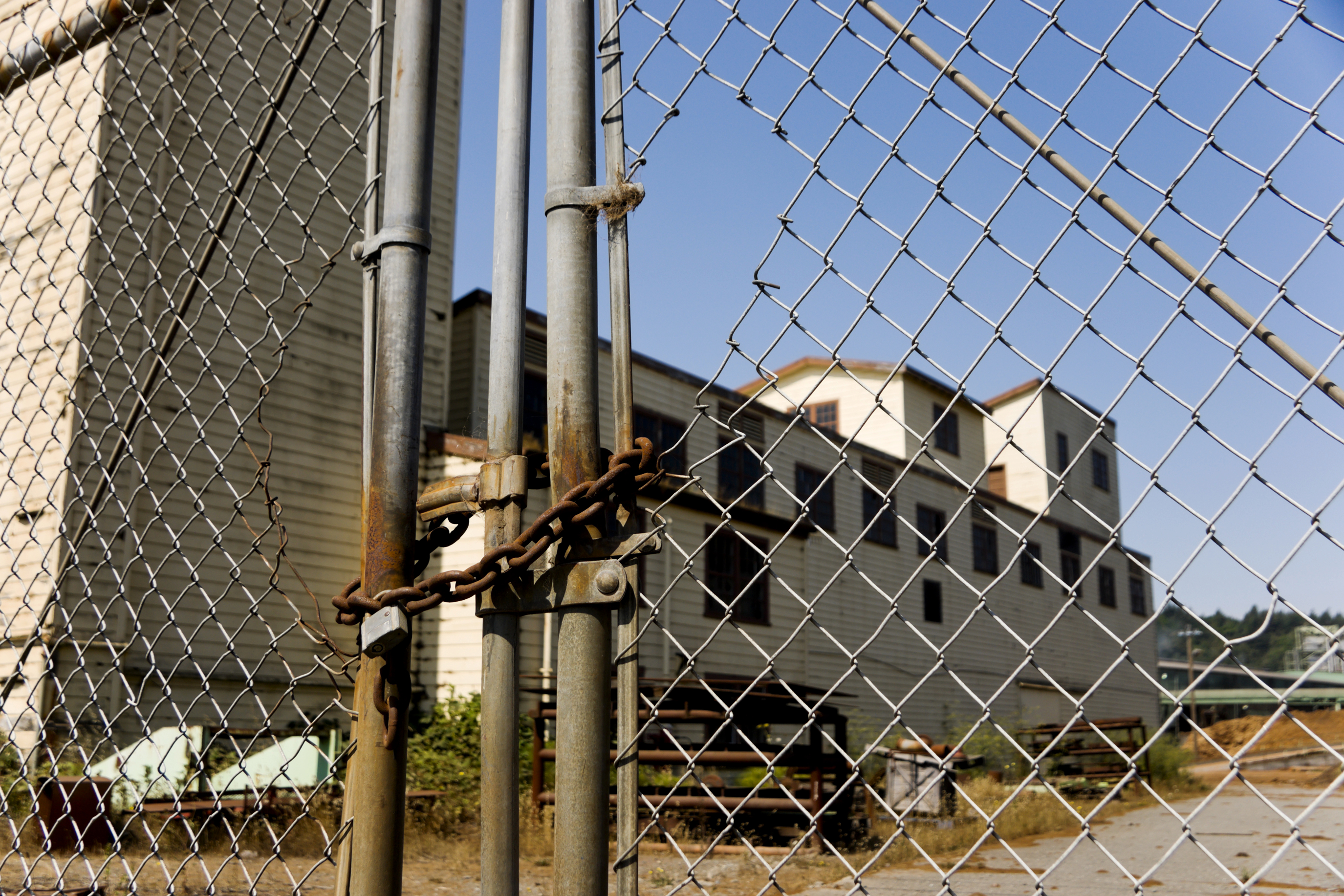
After a rocky 2015, Canada needs a job creation and just transition plan more than ever
Today Statistics Canada released its December 2015 Labour Force Survey results, and while they appear to show improvement, the Canadian Labour Congress warned that our medium-term economic situation is still precarious. 2015 was a rocky year for jobs, and trends show 2016 could be even worse without government action.
Over 2015, employment only grew by 0.9 percent, and most of that growth was concentrated in the first quarter of the year. Nearly 60 percent of the increase in employment in 2015 was self-employed workers, a precarious form of employment.
While employment was up by nearly 23,000 in December, the gain consisted entirely of self-employed workers, as the labour force lost 17,500 employees and gained 40,000 self-employed workers. The largest losses were in accommodation and food services, which had 14,400 fewer positions last month.
Canadian Labour Congress President Hassan Yussuff noted that the current Employment Insurance (EI) system is leaving too many unemployed workers behind—fewer than 40 percent of Canada’s unemployed receive EI regular benefits. He called on the federal government to swiftly implement its election commitments to expand EI eligibility and cut wait times.
The situation in Alberta and Newfoundland and Labrador raises particular concern, as we start to see the full impact of job losses due to declining oil prices.
In Alberta, losses in full-time work have been mostly replaced with part-time work, but the unemployment rate has jumped from 4.7 percent to 7 percent over the course of 2015. Newfoundland and Labrador was also hit hard by falling oil prices, as their unemployment rate rose from 11.8 percent at the start of the year to 14.4 percent in December.
“What we see happening is an unjust transition where working families take the biggest hit from economic change. But there is still time to put in place labour-market adjustment measures to help displaced workers,” said Yussuff.
The Canadian Labour Congress has been working with provincial governments and the new federal government to talk about how to grow our economy; create good, sustainable, family-supporting jobs; and transition laid-off workers.
For instance, at the COP21 summit in December, the CLC partnered with the Climate Action Network and the Green Economy Network to co-host a forum with federal, provincial and municipal politicians on how Canada could fight climate change by creating one million green jobs. Areas where Canada has strong job growth potential include alternative energy, building retrofits, public transit and other infrastructure, and green manufacturing, and the CLC would like to see the government embrace investment and skills training in that direction.
Yussuff said he would be watching the federal budget carefully when it is released in the spring to see how the government will implement its commitments around Employment Insurance, infrastructure and skills training.
“What we need is a clear plan that allows workers – laid off extractive sector workers, yes, but also other unemployed workers across the country – to transition into growth areas. We need a plan that provides them with the skills and opportunities they need to participate in the growth sectors of today and tomorrow,” said Yussuff.
“We are playing catch-up but with a new federal government, we can move quickly to turn things around, diversify our economy and ensure a just transition for workers into good, green jobs,” Yussuff added.
